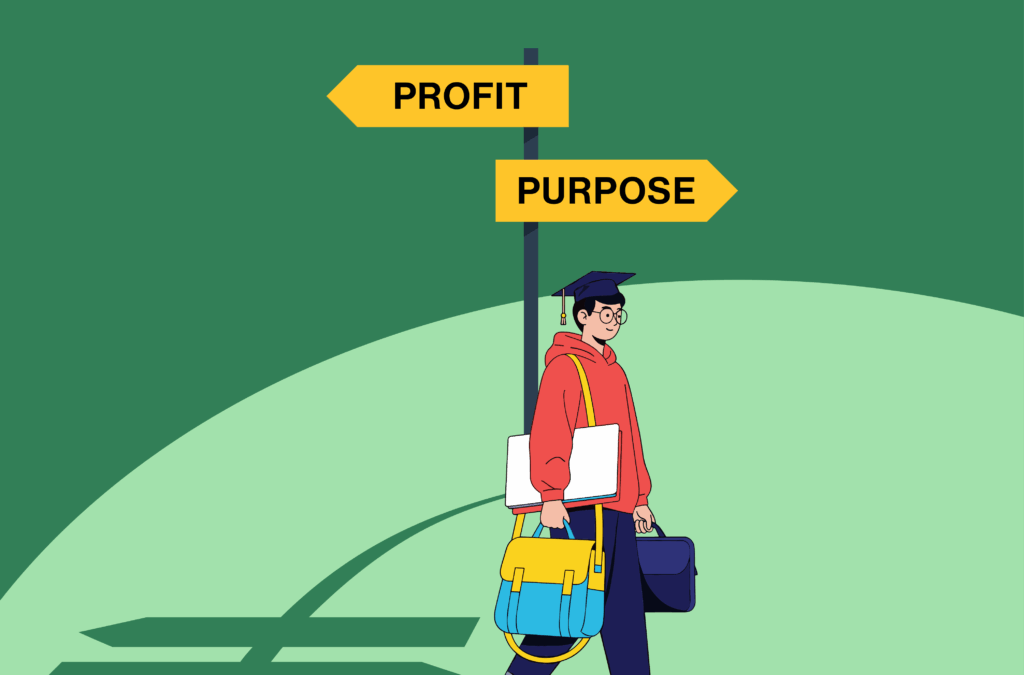
Cultural Revolution

Have you ever looked up from your desk and realized you’ve been left behind? Perhaps other agencies are playing in new coverage sandboxes that you’ve never explored.
Maybe your firm’s latest benchmarks reveal that the revenue-per-employee numbers you were celebrating three years ago now rank you at the bottom of the heap.
Have you noticed that kids at the mall are communicating in a way that makes your office look like a flashback to 1979? I’m a technology zealot who has staked my career on understanding both the internal underpinnings and the practical use of gadgets, gizmos and widgets, and even I’m amazed at how many times I’ve found myself in this situation.
I experienced a revelation just a few years back. In the course of two years, my oldest daughter morphed through several primary forms of communication with her friends. She started out with a Gmail account but within a month was only using it for real-time chats. “Why email and wait for a response when you can communicate instantly?” she asked.
A couple months later, she received her first texting phone and left Gmail by the wayside. “Why sit at home when I can communicate instantly from anywhere? Besides, now we can coordinate our plans on the go.”
“Why don’t you just call your friends?” I replied.
“Because they don’t always answer the phone, but they always answer a text message.”
Then came Facebook and the concept of passive communication. “Why would I ask my friends how they’re doing when I can see it on their status?”
Facebook was quickly abandoned for Tumblr and Pinterest. “Now I don’t have to post how I’m feeling. My friends know by seeing the imagery I’m pinning.”
My teenage daughter is a Master of Change. Without fear she dives headfirst into technologies that change her views and behaviors. She’s efficient, effective and brilliant. What’s wrong with the rest of us?
How do we learn from this unintentional Zen practitioner and become Masters of Change ourselves? One might assume that my daughter chases new technologies with nothing to lose. Certainly this would be a perilous and expensive path for an insurance brokerage. But that line of thinking misses the key factor to her success. To move this concept into the world of the insurance broker, consider the following:
The world of business is constantly changing, especially in available technologies. Insurance brokers know there’s value in new technologies, but only a seemingly fortunate few are really able to capitalize on this value.
Every brokerage is putting iPads and smartphones in the hands of key employees (in firms where they aren’t, employees are supplying their own). Some agencies are working to define and execute an enterprise strategy around their use. A few are working to create apps that allow clients to better use their own mobile devices. Most are not seeing a direct benefit from these devices. Why is this?
In my 15 years working with retail and wholesale agencies, all have initiated a paperless initiative, which includes expensive software, hardware, committees and meetings. All continue to use paper in most of their workflows. Why is this?
The answer is simple. But don’t underestimate it. It’s not easy. Whenever technology drives positive change (growth, efficiency, connection), we tend to think that the change is the technology. It’s not. The change is the change.
Put simply, the technology drives us to change the way we think, interact and interpret the world. This change is what directly drives value. The technology is simply the tool that enables us to create the change.
Organizations that believe technology is the driver of value consistently find themselves spending money on noble causes like paperless and mobile device initiatives often at great expense, but they never quite get to the nirvana imagined at the outset.
This makes sense. Technology is at the center of the business model. We put the technology in place, bring the people to it and ask them to change what they know about serving their customers in order to create value from the technology investment.
What would happen if we put the people at the center of the model? What if, rather than saying, “We are installing new systems that will allow us to work without paper,” we say, “We are going to change the way we work so that paper is no longer required.”
These seemingly similar statements represent two diverse approaches that would likely see very different results.
The first step to capitalizing on new technologies, emerging coverage lines and other business innovations is to openly embrace the change they will create for your clients, employees and company. Embracing change must represent more than an uptick to the bottom line. It must be woven into your business culture. The most effective organizations are the ones that react fluidly to the changing world.stra
It takes discipline and practice to let go of what you know about the world to become a more effective participant. As a leader, you’ll have to become not only a Master of Change but also its champion, extending this fluidity across your organization.




